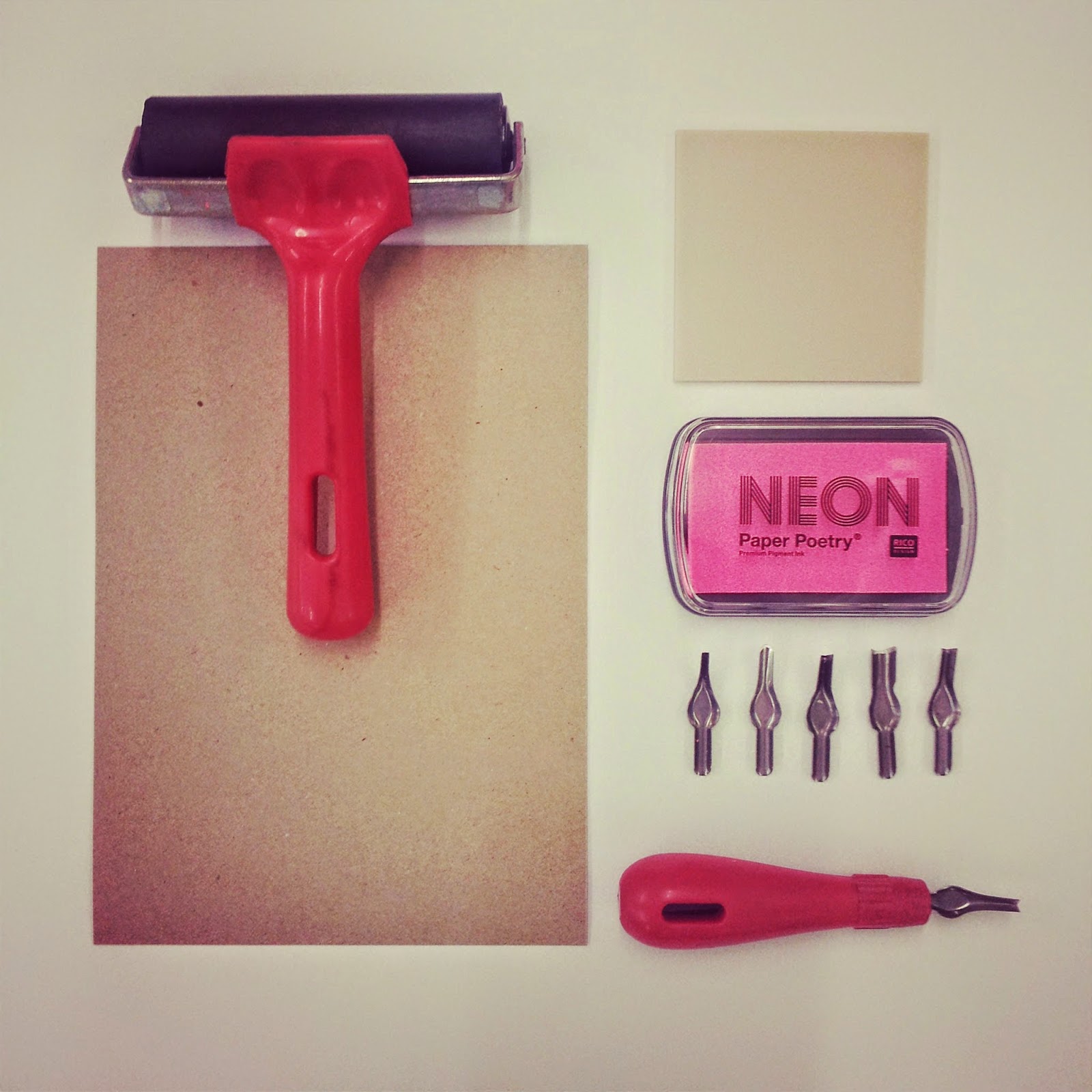 Deborah Simms is our hand embroidery specialist. She's a keen crafter of many disciplines, but sewing just floats her boat. She even made her own wedding dress! Which is testament to her skill and creativity. You can learn the peaceful art of hand embroidery with Deborah at Ministry of Craft, and it's completely suitable for beginners. Read on to find out more about Deborah's crafty habits...
Deborah Simms is our hand embroidery specialist. She's a keen crafter of many disciplines, but sewing just floats her boat. She even made her own wedding dress! Which is testament to her skill and creativity. You can learn the peaceful art of hand embroidery with Deborah at Ministry of Craft, and it's completely suitable for beginners. Read on to find out more about Deborah's crafty habits... What first drew you to your craft?
I really enjoy hand sewing as it’s such a calm break from day to day life. My mum always embroidered when we were young so I must have picked up my enjoyment of it from her.
What’s your crafting background?
I have been sewing in one way or another since I was very young, and have dipped into all sorts of things from knitting and crochet to clothes sewing.
Did you train professionally as an embroiderer or are you self taught?
I have never trained professionally, but love to learn so have picked up stitches and techniques as I’ve gone along. I take inspiration from following blogs but much of what I know has been handed down to me from my mum.
What are your main sources of inspiration?
I love to make brightly coloured embroideries, to make art for my home which reflects what I love. For example, I stitched an umbrella design, (as I love the rain) lucky I live in Manchester! And a garden design on a cushion, as I love to get out in the garden when I can.
Who’s been the biggest influence on your career so far?
My family, everyone is creative in their own way, and I love to chat with all of them about their different interests and crafts.
What’s the best thing about being a crafter?
The opportunity to meet other people who enjoy being creative, and but to also have such a contemplative craft which I can use as a quiet time to be calm, it’s like my meditation.
Do you do any other crafts in your spare time, apart from what you specialise in?
I love any and all crafts, so I knit and crochet, as well as sewing my own clothes and bits and pieces around the home. Anything to have a creative outlet!
What’s the best thing you’ve ever made?
 The thing that I am most proud of is my wedding dress, it took months to complete but was definitely worth it. I love looking at it now as it reminds me of such a brilliant day, and of all the little finishing details which made it special
The thing that I am most proud of is my wedding dress, it took months to complete but was definitely worth it. I love looking at it now as it reminds me of such a brilliant day, and of all the little finishing details which made it specialHave you ever made a creative mistake?
I make minor mistakes all the time! Strangely it’s one of the things that I enjoy most about being creative, making mistakes which you can work into your sewing. Making something entirely unique and working around any problems.
And your favourite tool or material?
 Probably a piece of craft cotton, as it’s so brilliantly versatile. I can use it for clothes, embroidery, and around the house. And you can get such a brilliant variety of patterns, from lobsters to galaxies
Probably a piece of craft cotton, as it’s so brilliantly versatile. I can use it for clothes, embroidery, and around the house. And you can get such a brilliant variety of patterns, from lobsters to galaxiesWhat’s your favourite crafty anecdote / story?
Probably when I learnt how to French knit, it was one of the only things I could get my head round doing when I was young, so I used to just make miles and miles of it without stitching it together. I once measured it, hung it off the top of my stairs in the house… we made it out of the front door and round to the back of the house before we ran out of French knitting. I never did do anything with it, its sat somewhere in my sewing room waiting to be made into something spectacular.
Where can we see / buy your work?
Everything I do I blog at dfabricate.blogspot.com, unfortunately you can’t buy my items, but you can read all about my sewing and crafting exploits from extreme knitting to tackling the French knot
What have you got coming up in the future?
I’m hoping to set up some social sewing and crafting events in the future, to get out there and meet some of the super talented (and novice) sewers and crafters in Manchester! Watch my blog for further developments.
If you'd like to come and craft with Deborah then sign up for one of our Sew Simple: Introduction to Hand Embroidery courses (next one is Saturday 12 July). It's a great way to enter the world of sewing! You can also follow Deborah's exploits on Twitter @dfabricate, or on her blog at dfabricate.blogspot.com








































